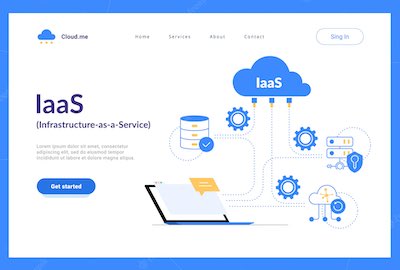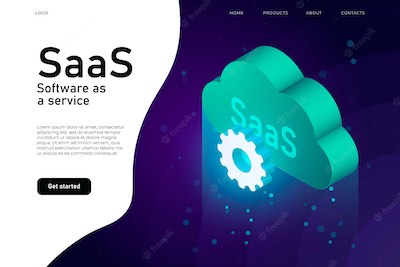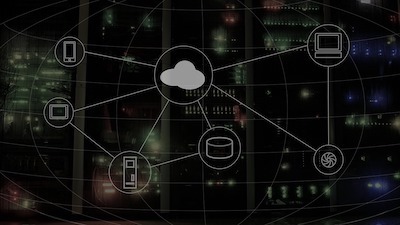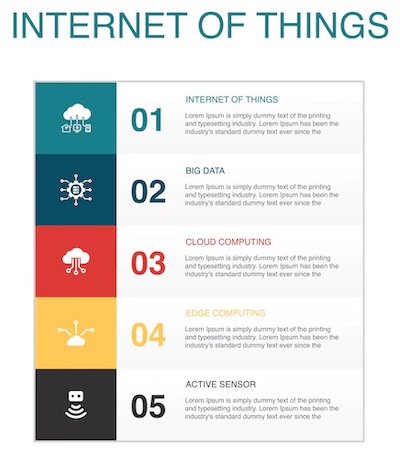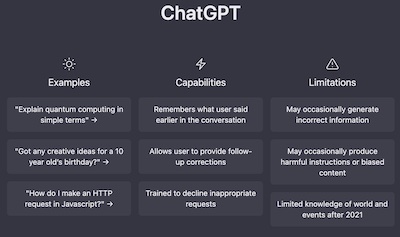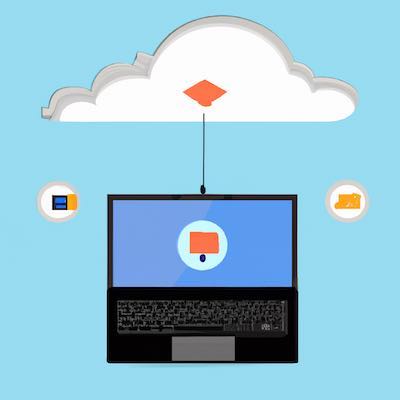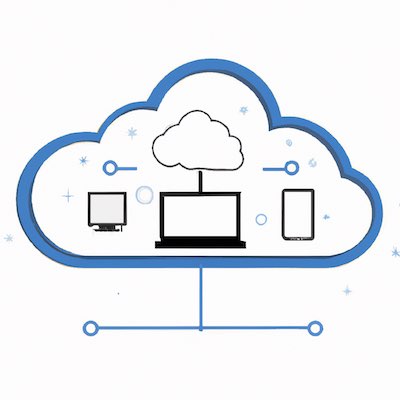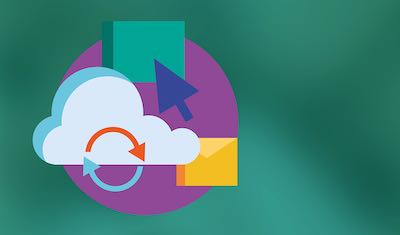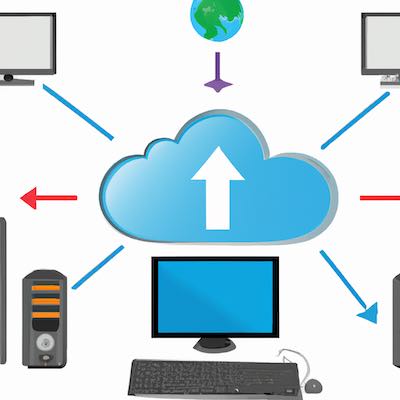 Cloud computing has transformed the way businesses and individuals access and manage data. With the cloud, users can access powerful computing resources without having to invest in expensive hardware or software. However, before choosing a cloud provider, it's important to understand the different cloud deployment models available. In this article, we'll explore the three primary cloud deployment models: public, private, and hybrid clouds.
Cloud computing has transformed the way businesses and individuals access and manage data. With the cloud, users can access powerful computing resources without having to invest in expensive hardware or software. However, before choosing a cloud provider, it's important to understand the different cloud deployment models available. In this article, we'll explore the three primary cloud deployment models: public, private, and hybrid clouds.
Public Cloud
A public cloud is a cloud deployment model in which computing resources are shared and managed by a third-party provider over the internet. In a public cloud, users share the same computing resources, and the provider is responsible for maintaining and securing the infrastructure.
Benefits of Public Cloud:
- Cost Savings: Public clouds are typically less expensive than private clouds since users share the same resources.
- Scalability: Public clouds offer flexible, on-demand services that can be quickly scaled up or down based on demand.
- Accessibility: Public clouds allow users to access their computing resources from anywhere with an internet connection, making it ideal for remote work.
- Maintenance: Public cloud providers handle software maintenance, reducing the burden on the user.
Examples of Public Cloud:
- Amazon Web Services (AWS): AWS is one of the most popular public cloud providers, offering a range of services including Amazon Elastic Compute Cloud (EC2), Amazon Simple Storage Service (S3), and Amazon Virtual Private Cloud (VPC).
- Microsoft Azure: Microsoft Azure is a popular public cloud provider that offers a range of services, including virtual machines, storage, and networking.
- Google Cloud Platform: Google Cloud Platform is a popular public cloud provider that offers a range of services, including virtual machines, storage, and networking.
Private Cloud
A private cloud is a cloud deployment model in which computing resources are dedicated to a single organization or user. In a private cloud, the infrastructure is managed and maintained by the organization or a third-party provider, but the organization has complete control over the infrastructure.
Benefits of Private Cloud:
- Control: Private clouds offer the highest level of control and security since the infrastructure is dedicated to a single organization or user.
- Customization: Private clouds can be customized to meet the specific needs of the organization or user.
- Security: Private clouds offer the highest level of security since the infrastructure is dedicated to a single organization or user.
- Compliance: Private clouds are ideal for organizations that must comply with strict data regulations.
Examples of Private Cloud:
- VMware: VMware is a popular private cloud provider that offers a range of services, including virtual machines, storage, and networking.
- OpenStack: OpenStack is an open-source private cloud platform that allows organizations to build and manage their own private clouds.
- Microsoft Azure Stack: Microsoft Azure Stack is a private cloud platform that allows organizations to build and manage their own private clouds using Microsoft's tools and services.
Hybrid Cloud
A hybrid cloud is a cloud deployment model that combines elements of both public and private clouds. In a hybrid cloud, computing resources are shared between a public cloud and a private cloud, allowing organizations to take advantage of the benefits of both deployment models.
Benefits of Hybrid Cloud:
- Flexibility: Hybrid clouds offer flexible, on-demand services that can be quickly adapted to meet the organization's needs.
- Scalability: Hybrid clouds allow organizations to quickly scale their computing resources up or down based on demand.
- Cost Savings: Hybrid clouds offer a cost-effective solution since organizations can take advantage of the cost savings of public clouds while maintaining the control and security of private clouds.
Examples of Hybrid Cloud:
- AWS Outposts: AWS Outposts is a hybrid cloud solution that allows organizations to extend their on-premises infrastructure to the AWS cloud.
- Microsoft Azure Hybrid Cloud: Microsoft Azure Hybrid Cloud allows organizations to run their applications and workloads in a hybrid environment, with resources in both a private and public cloud.
- Google Anthos: Google Anthos is a hybrid cloud platform that allows organizations to manage their applications and workloads in both on-premises environments and Google Cloud Platform.
Choosing the Right Cloud Deployment Model
When choosing a cloud deployment model, it's important to consider your organization's specific needs and requirements. Here are a few things to consider when choosing a cloud deployment model:
- Control: Consider the level of control you require over your computing resources. If you require complete control, a private cloud may be the best option. If you're comfortable sharing resources, a public or hybrid cloud may be a better fit.
- Security: Consider the level of security you require. If you're working with sensitive data, a private cloud may be the best option. If you're working with less sensitive data, a public or hybrid cloud may be a better fit.
- Compliance: Consider any data compliance regulations you must adhere to. If you must comply with strict regulations, a private cloud may be the best option.
- Budget: Consider your budget and choose a deployment model that fits within it.
Conclusion
Cloud computing has revolutionized the way businesses and individuals access and manage data. Understanding the different cloud deployment models available, including public, private, and hybrid clouds, can help you determine the right solution for your specific needs. Whether you're looking for cost savings, scalability, accessibility, control, or security, there is a cloud deployment model that can help you achieve your goals. By considering your specific needs and requirements, you can choose the right cloud deployment model for your organization or personal needs.

